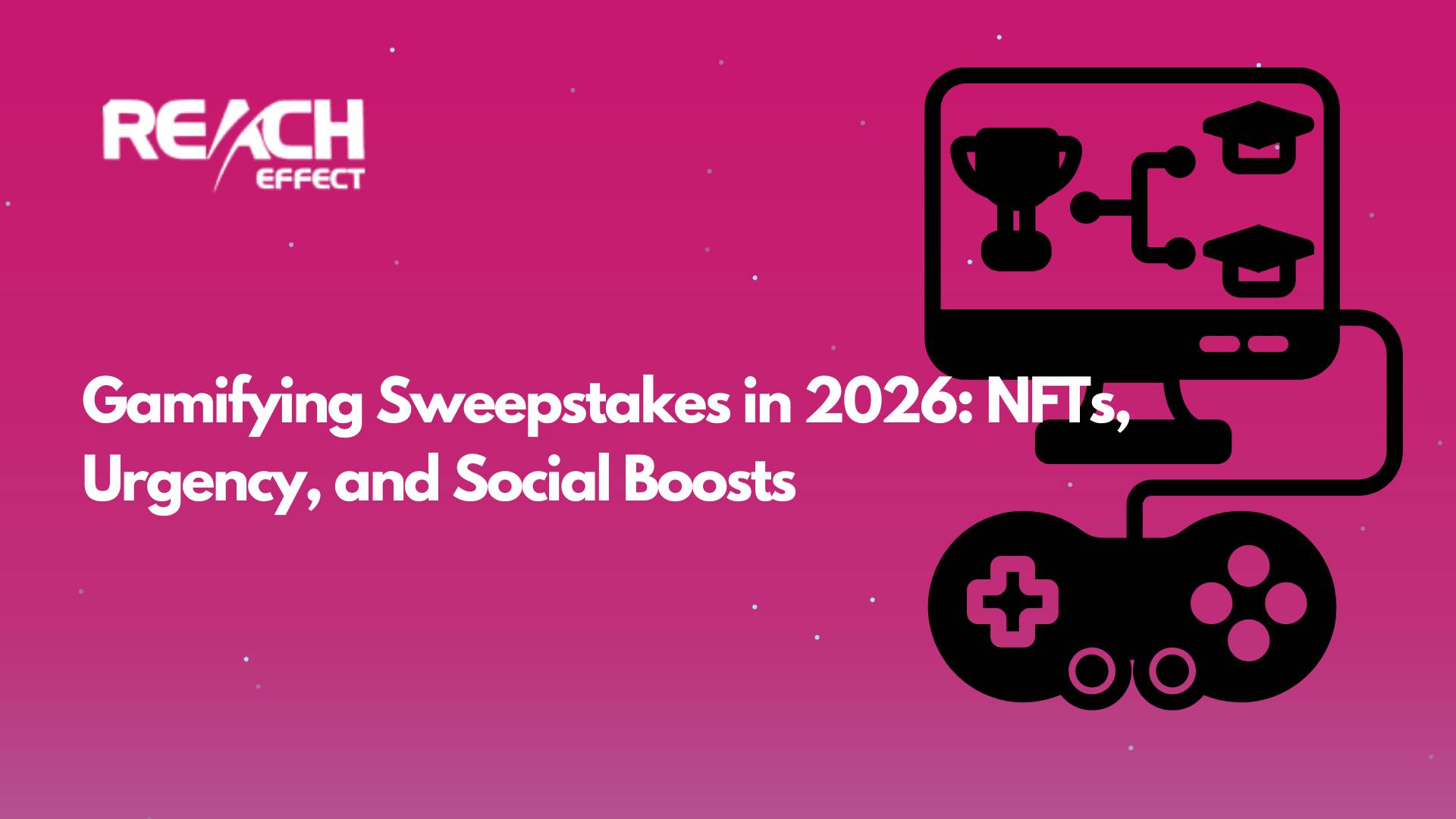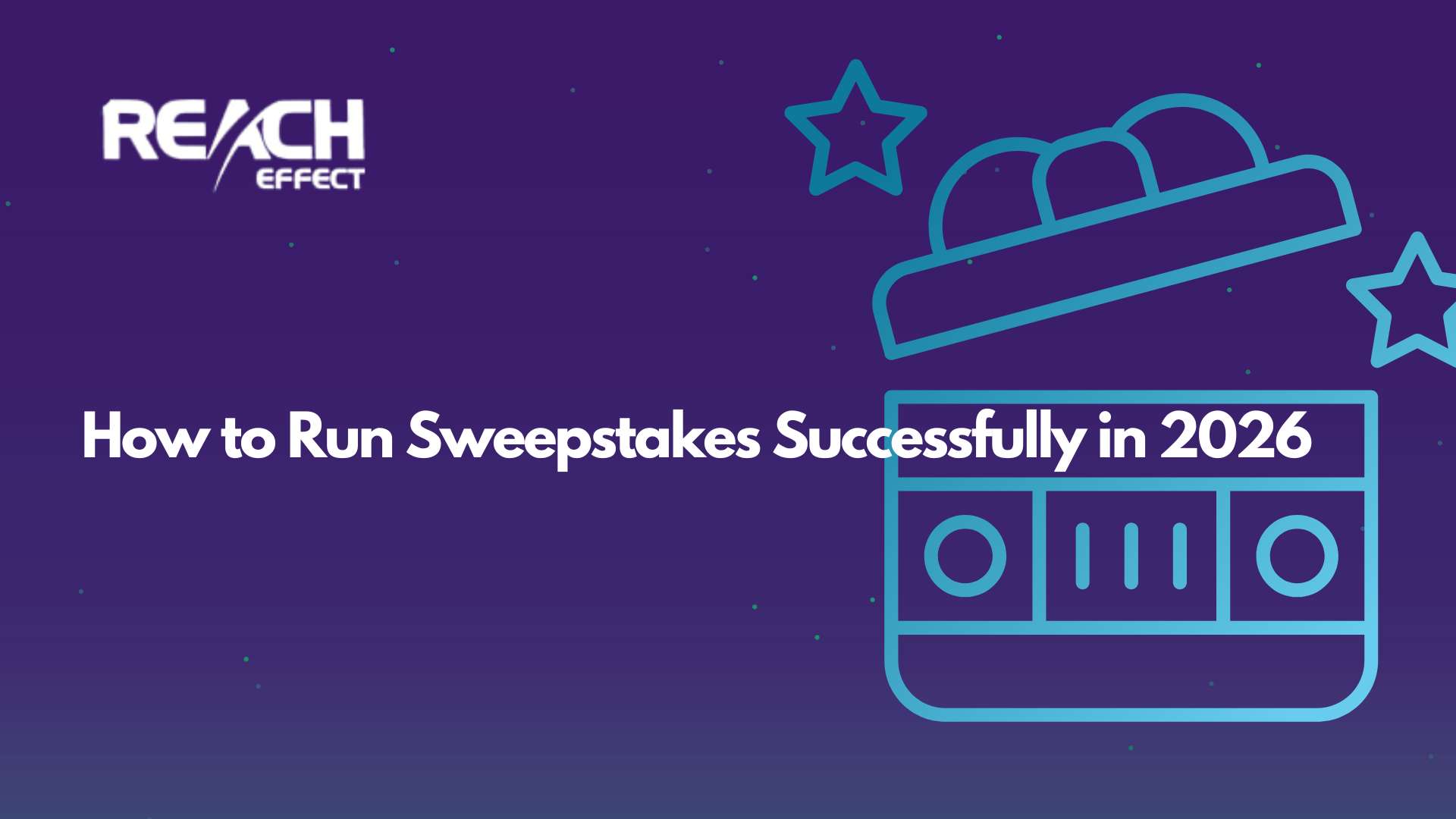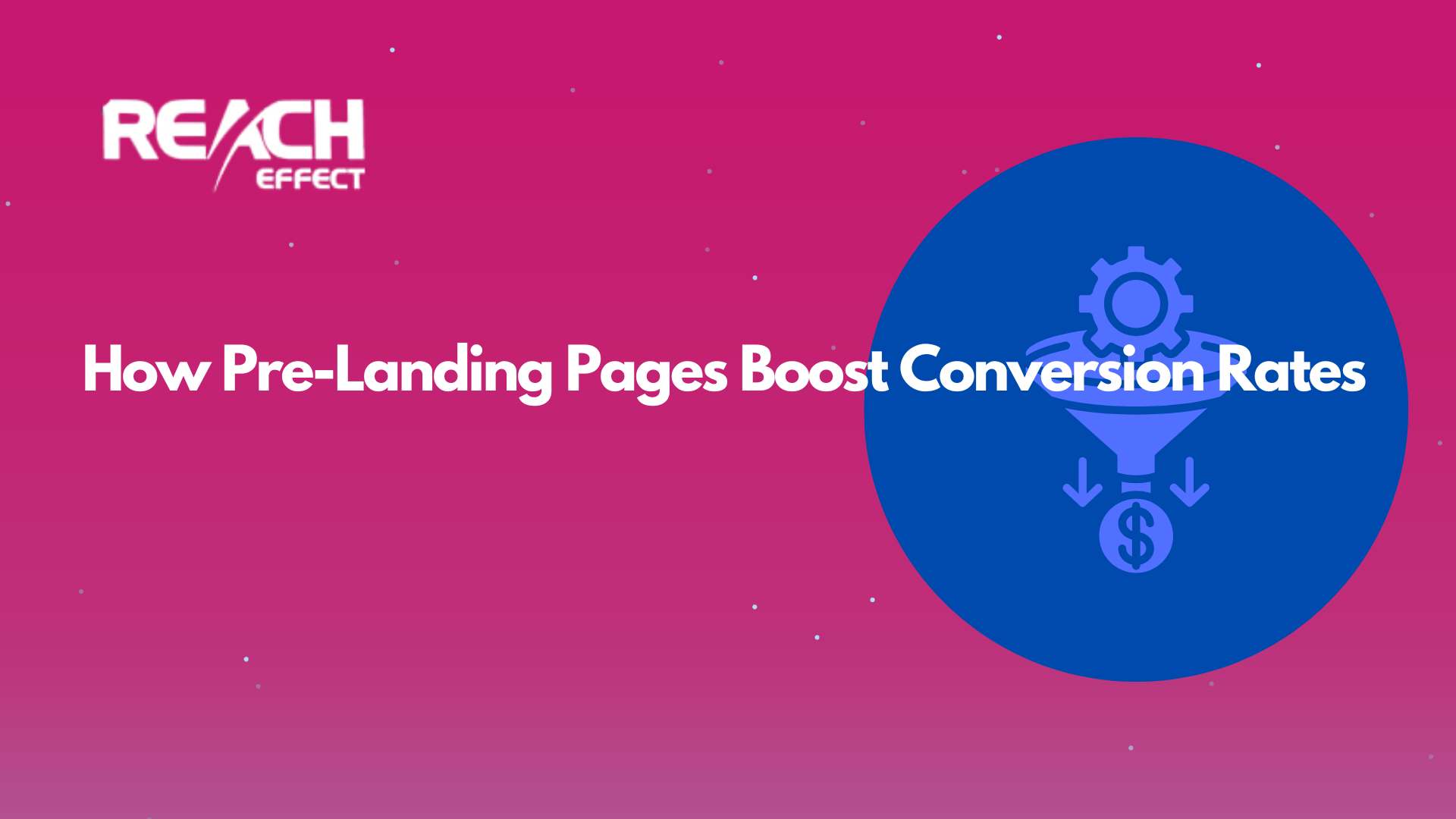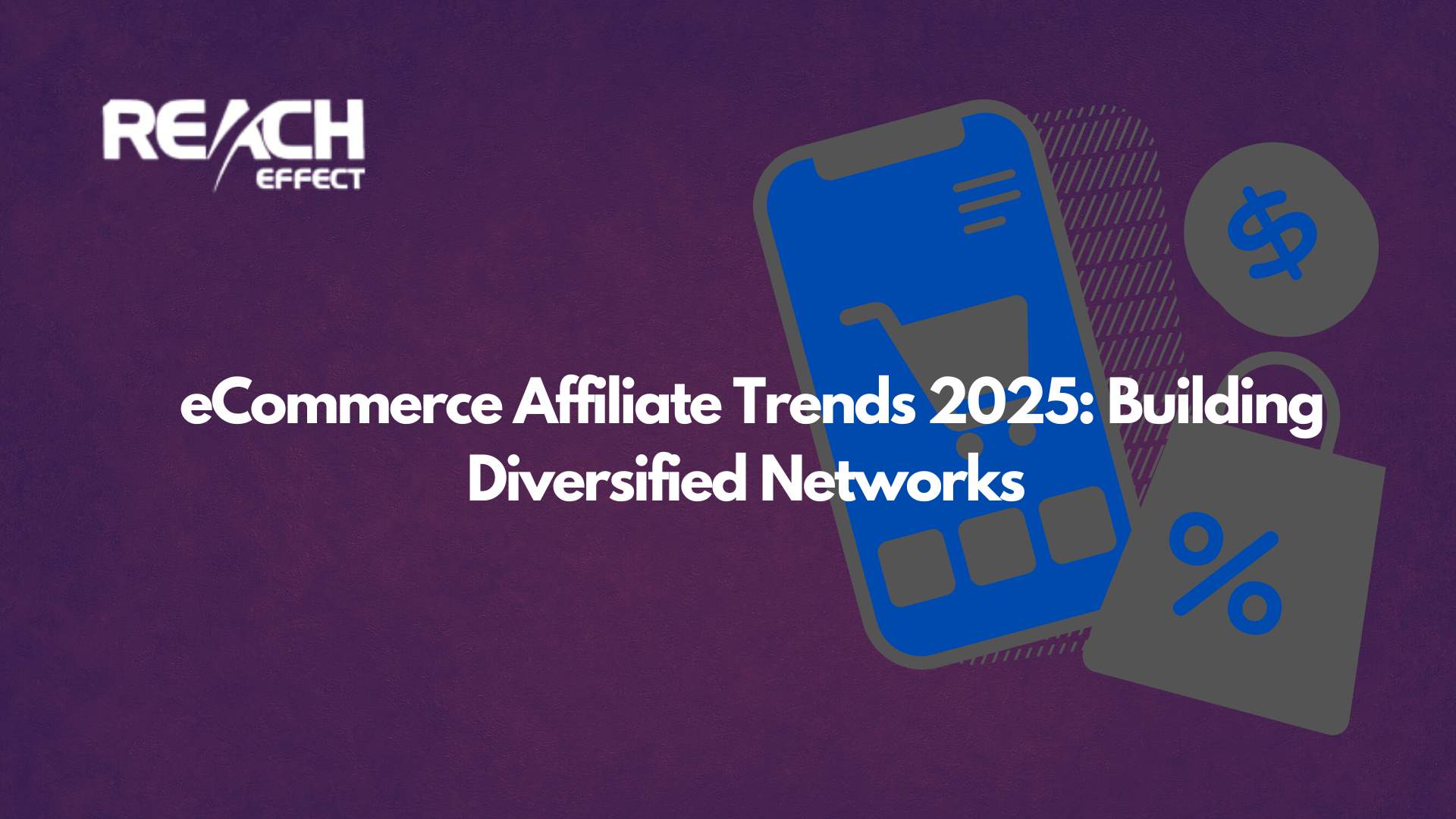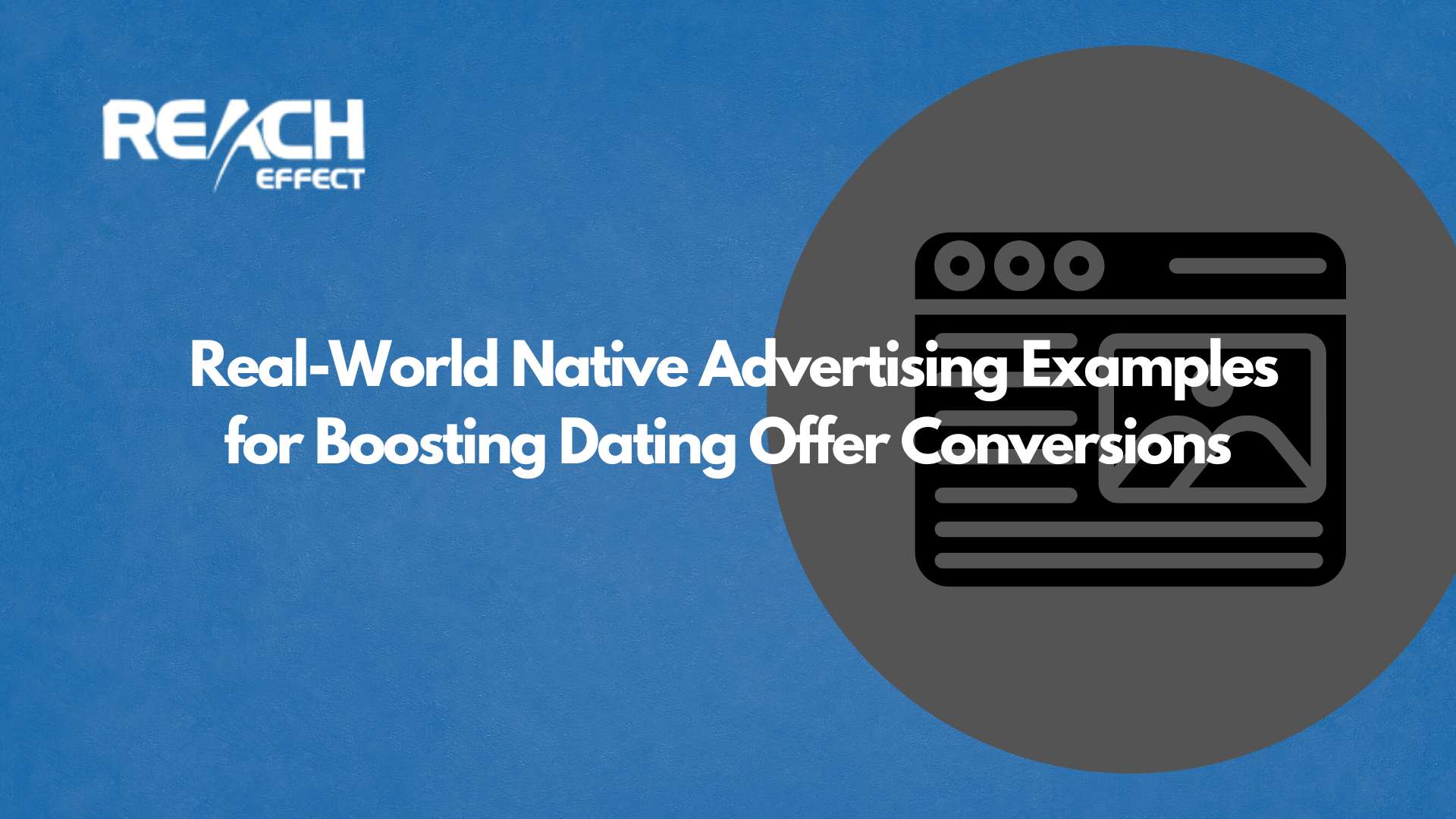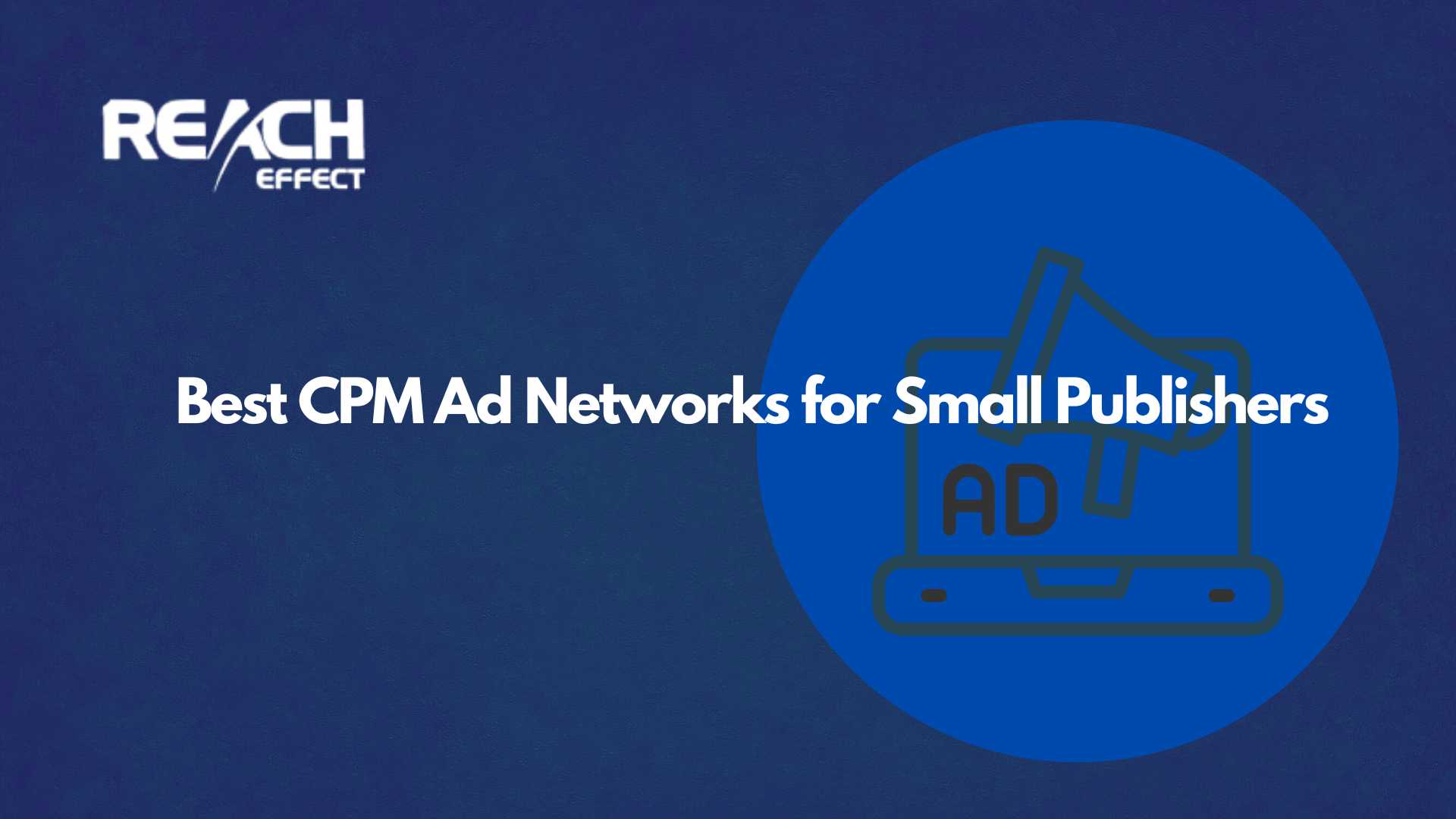Affiliate marketing is a fantastic way to earn money online. You promote products or services, and when someone buys through your link, you get a reward. One of the most exciting models in this space is revenue share. Unlike fixed commissions, revenue share gives you a percentage of what the company earns from your referrals over time. It’s a system that can lead to big profits if you play it smart.
Thank you for reading this post, don't forget to subscribe!In this guide, we’ll break down how affiliate marketing revenue share works, why it’s a great opportunity, and how you can maximize your earnings. Whether you’re new to affiliate marketing or looking to level up, these tips will help you make the most of this model.
What Is Affiliate Marketing Revenue Share?
Revenue share is a payment structure where you earn a percentage of the revenue generated by your referrals. Instead of a one-time commission for each sale, you get a cut of the ongoing profits from customers you bring in. For example, if you promote an online service like a subscription platform, you might earn 20% of what your referred customer spends each month for as long as they stay subscribed.
This model is different from cost-per-action (CPA) programs, where you earn a fixed amount per sale or lead. Revenue share is more dynamic. Your earnings grow as the company earns more from your referrals. It’s common in industries like online gaming, software subscriptions, and financial services, where customers generate recurring revenue over time. The potential for long-term income makes affiliate marketing revenue share appealing, but it takes strategy to make it work.
Why Choose Revenue Share Over Other Models?
Revenue share stands out for a few reasons. First, it offers the chance for passive income. Once you refer a customer, you can keep earning from their activity without extra work. Imagine referring someone to a fitness app. They subscribe, and you get a percentage of their monthly fee for a year or more. That’s money flowing in while you focus on new campaigns.
Second, it rewards quality over quantity. With CPA, you might earn $10 per sale, no matter how much the customer spends later. With revenue share, a high-value customer, like someone who signs up for a premium plan can boost your earnings significantly. It encourages you to find the right audience, not just the biggest one.
Finally, revenue share aligns your success with the company’s. If they grow and keep customers happy, your income grows too. This partnership vibe makes it a win-win. Of course, it’s not perfect. Earnings can be unpredictable, especially if customers cancel early. But with the right approach, the rewards outweigh the risks.
Picking the Right Revenue Share Programs
Not all affiliate marketing revenue share programs are created equal. Choosing the right one sets the foundation for your success. Start by looking for industries with recurring revenue. Subscription services, like streaming platforms or cloud storage, are great because customers pay regularly. Online casinos or trading platforms also use revenue share, offering affiliates a cut of what players or traders spend over time.
Next, check the commission rates. Some programs offer 10%, others go as high as 50%. Higher isn’t always better, look at the company’s pricing too. A 20% share of a $100 subscription ($20 monthly) beats a 50% share of a $10 plan ($5 monthly). Also, consider the cookie duration or tracking period. Some programs track your referrals for life, meaning you earn as long as the customer stays active. Others cap it at a year or less.
Reputation matters too. Stick with companies that have a solid track record. Read reviews from other affiliates to see if they pay on time and provide good support. A program with great terms but poor customer retention won’t help you earn much.
Finding Your Audience
Revenue share thrives when you connect with the right people. Your audience needs to match the product or service you’re promoting. If you’re pushing a fitness subscription, focus on folks who love working out, maybe gym-goers or yoga fans. For a trading platform, target people curious about investing, like young professionals or finance buffs.
Start by defining your niche. Narrow it down to something you know well or enjoy. If you’re into gaming, promote platforms where players spend consistently. Then, figure out where your audience hangs out. Are they on Instagram, reading blogs, or watching YouTube? Tailor your content to fit. A blog post about “Top 5 Workout Apps for Beginners” can drive fitness fans to your affiliate link. A YouTube review of a trading platform can catch investors’ eyes.
Understanding your audience also means knowing their pain points. What do they need? A busy mom might want quick home workouts, so promote an app with 15-minute sessions. A gamer might love exclusive content, so highlight a platform’s VIP perks. The better you solve their problems, the more likely they’ll sign up through your link.
Creating Content That Converts
Great content is the heart of affiliate marketing revenue share. It’s how you convince people to click and sign up. The key is to be helpful, not pushy. Nobody likes a hard sell. Instead, offer value that builds trust.
Blog posts are a solid choice. Write detailed guides, like “How to Choose the Best Cloud Storage for Your Business.” Include your affiliate link naturally, maybe in a comparison table of features. Reviews work too, share your honest thoughts on a product, like a streaming service’s movie selection or a fitness app’s user experience. Add screenshots or videos to make it visual.
Social media is another goldmine. On Instagram, post a quick reel showing how you use a product. On Twitter, share a tip tied to your niche, like “Want better workouts? This app changed my routine!” with a link to your bio. YouTube lets you go deeper—try tutorials or unboxing videos. Whatever the platform, keep your tone friendly and genuine.
Don’t forget about SEO. Use keywords related to your niche to help people find your content. If you’re promoting a music app, target phrases like “best music streaming for playlists.”
Driving Traffic to Your Links
Content is only half the battle. You need people to see it. Driving traffic is where affiliate marketing revenue share starts to pay off. There are a few ways to make this happen.
Organic traffic comes from search engines and social media. Post regularly on platforms your audience uses. Share tips, answer questions, and mix in your affiliate links sparingly. For example, a Pinterest pin about “Home Workout Ideas” can link to your blog, which then links to a fitness app. Consistency builds momentum over time.
Paid ads can speed things up, but they’re tricky. Platforms like Google Ads or Facebook Ads let you target specific groups, like “women interested in yoga.” Start small to test what works. Be clear about affiliate links in your ads—some platforms require disclosure. Check the affiliate program’s rules too, as some ban paid ads for their links.
Email lists are another winner. Collect emails through a blog signup form or a freebie, like a “7-Day Workout Plan.” Send weekly newsletters with tips and sprinkle in your affiliate links. People who’ve opted in are already interested, so they’re more likely to click.
Tracking and Optimizing Your Efforts
Affiliate marketing revenue share isn’t a set-it-and-forget-it deal. You need to track your performance to see what’s working. Most programs give you a dashboard with stats like clicks, signups, and earnings. Pay attention to patterns. If one blog post drives tons of clicks but no conversions, maybe the audience isn’t the right fit.
Use analytics tools to dig deeper. If Instagram reels outperform blog posts, double down on video content. If a certain keyword brings traffic, write more posts around it. Testing and tweaking is how you boost profits.
Also, keep an eye on customer retention. Revenue share depends on subscribers sticking around. If your referrals drop off fast, check the product’s quality or ask the company for retention data. Promoting reliable services keeps your income steady.
Avoiding Common Pitfalls
Even the best plans can hit bumps. One mistake is promoting too many programs at once. It spreads your focus thin and confuses your audience. Stick to a few solid ones and give them your all. Another trap is ignoring disclosures. In many places, like the U.S., you have to say you’re using affiliate links. A simple note like “I may earn a commission if you buy through my link” keeps you compliant.
Don’t chase trends blindly either. A hot new app might seem tempting, but if it’s shaky, your earnings will tank when users quit. Research before you commit. Finally, avoid spammy tactics. Bombarding people with links or fake reviews hurts your reputation. Focus on value, and the profits will follow.
Scaling Your Revenue Share Success
Once you’ve got the basics down, it’s time to scale. Add more content to your blog or YouTube channel to attract a bigger audience. Explore new platforms, maybe TikTok if your niche fits. Hire a freelancer to handle repetitive tasks, like writing or editing, so you can focus on strategy.
You can also negotiate better rates. If you’re sending tons of referrals, ask the program for a higher percentage. Some will bump you from 20% to 30% if you prove your value. Finally, diversify your programs. Add a second or third revenue share deal in a related niche to spread your income sources.
Wrapping It Up
Affiliate marketing revenue share is a powerful way to build income that grows over time. By choosing the right programs, targeting your audience, and creating valuable content, you can turn clicks into steady profits. Drive traffic with organic and paid strategies, track your results, and keep optimizing to stay ahead. Avoid pitfalls like spammy tactics or poor program choices, and you’ll set yourself up for success.
With tools like Reacheffect to guide your efforts, you’ve got everything you need to maximize your earnings. Affiliate marketing revenue share rewards patience and strategy, so start small, learn as you go, and watch your profits climb. Now it’s time to put these tips to work and make your affiliate journey a success.


